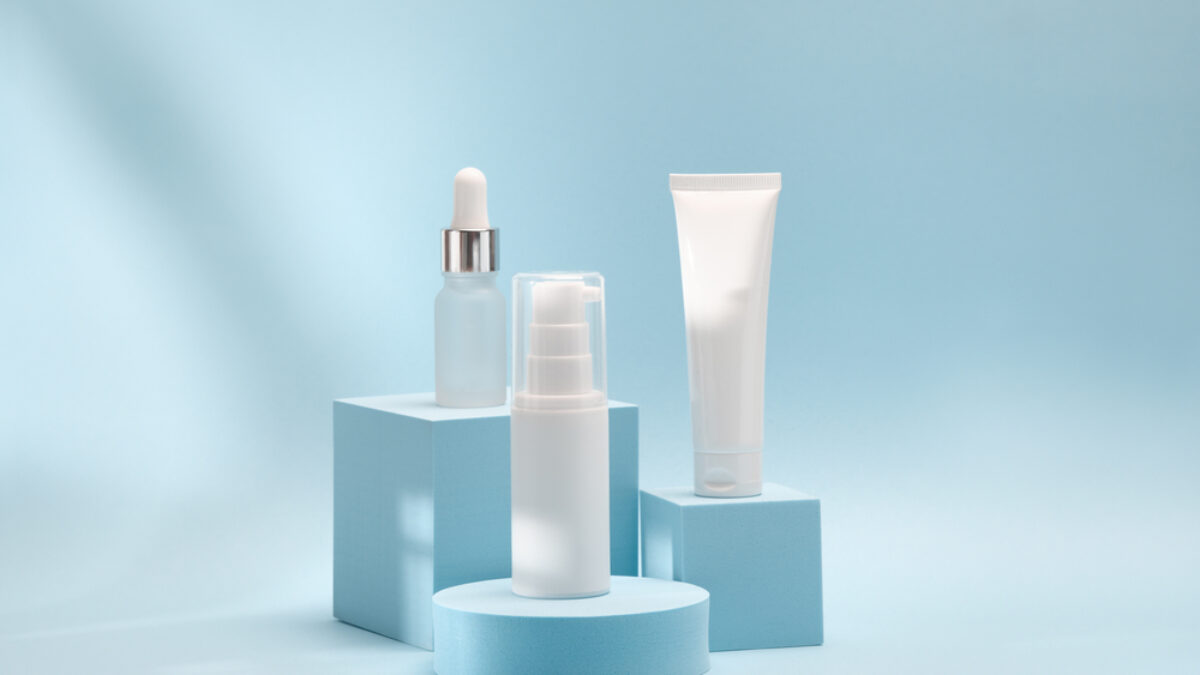Cosmetic Packaging In the bustling world of cosmetics, where beauty products line the shelves vying for consumer attention, packaging plays a pivotal role beyond mere containment. It serves as the ambassador of a brand, the first impression that captures the essence of what lies within. This article embarks on a journey through the intricate world of cosmetic packaging, exploring its evolution, functionality, design elements, regulatory landscape, and future trends.
Functionality and Practicality
Cosmetic packaging goes beyond aesthetics; it’s the unsung hero that ensures product safety and integrity. From protecting fragile formulations from external contaminants to extending shelf life, packaging acts as a guardian, shielding the precious elixirs within. Modern innovations in materials and design have elevated functionality to new heights. Sustainable packaging solutions have emerged as a response to consumer demand for eco-conscious options, paving the way for biodegradable materials and refillable containers. Convenience is also paramount, with user-friendly designs like pumps, droppers, and airless containers enhancing the overall customer experience Cosmetic Packaging.
In the quest for sustainable packaging, brands are turning to bioplastics, recycled materials, and innovative manufacturing techniques. These eco-friendly alternatives not only reduce environmental impact but also resonate with environmentally conscious consumers, fostering brand loyalty and goodwill.
Types of Cosmetic Packaging
Cosmetic packaging comes in a myriad of forms, each with its unique characteristics and benefits. Traditional packaging formats such as glass bottles, jars, and tins exude a sense of luxury and timelessness, appealing to discerning consumers. However, modern alternatives like plastic, aluminum, and paper-based packaging offer versatility, affordability, and lightweight portability. Specialized packaging, including tubes, pumps, droppers, and airless containers, caters to specific product formulations and application methods, enhancing convenience and precision Cosmetic Packaging.
The choice of packaging material can significantly impact product quality, shelf life, and sustainability. While glass conveys a sense of premium quality and is infinitely recyclable, plastic offers flexibility, durability, and cost-effectiveness. Aluminum packaging provides excellent barrier properties, protecting sensitive formulations from light, air, and moisture. Paper-based packaging, derived from renewable resources, is gaining traction as a sustainable alternative, particularly for secondary packaging and outer cartons.
Design Elements and Trends
Packaging design is more than just a pretty facade; it’s a strategic tool for brand differentiation and storytelling. Visual elements such as color, texture, and shape evoke emotions and create memorable brand experiences. Bold, vibrant hues convey energy and youthfulness, while muted tones exude sophistication and elegance. Texture adds tactile interest, inviting consumers to touch and engage with the product. Sleek, minimalist designs communicate simplicity and purity, resonating with the growing trend towards clean beauty. On the other hand, ornate embellishments and intricate details evoke a sense of luxury and exclusivity, catering to the desires of luxury consumers.
Branding essentials such as logos, typography, and iconography play a crucial role in brand recognition and recall. A well-executed logo instantly communicates brand identity, evoking trust and familiarity. Thoughtfully chosen typography reflects the brand’s personality and positioning, whether it’s playful and whimsical or sleek and modern. Iconography, such as symbols and graphics, reinforces brand messaging and product benefits, simplifying communication and enhancing shelf presence.
Innovative Technologies
The intersection of technology and packaging has ushered in a new era of innovation and interactivity. Smart packaging solutions, equipped with NFC (Near Field Communication), QR codes, and RFID tags, bridge the physical and digital worlds, offering consumers access to product information, tutorials, and exclusive content. 3D printing has revolutionized packaging prototyping and customization, enabling rapid iteration and personalization. Sustainable materials, including bio-based plastics, recyclable polymers, and biodegradable options, represent the future of eco-conscious packaging, minimizing environmental impact without compromising performance.
Regulatory Compliance
In the highly regulated world of cosmetics, packaging must adhere to stringent standards and guidelines to ensure consumer safety and product efficacy. The FDA (Food and Drug Administration) sets forth regulations governing the labeling, safety, and testing of cosmetic packaging in the United States, encompassing aspects such as ingredient listing, net quantity, and tamper-evident packaging. Internationally, various regulatory bodies, such as the European Union’s Cosmetics Regulation and Health Canada’s Cosmetic Regulations, impose similar requirements to protect public health and prevent deceptive practices.
Labeling requirements play a crucial role in providing consumers with essential information about the product, including ingredients, usage instructions, and warnings. Transparency and accuracy are paramount, as mislabeling or false claims can erode consumer trust and lead to regulatory sanctions. Compliance with regulatory standards not only ensures legal compliance but also instills confidence in consumers, demonstrating a commitment to product quality and safety.
Marketing Strategies
Packaging is a powerful marketing tool, capable of influencing purchasing decisions and shaping brand perceptions. Through strategic design and storytelling, brands can create emotional connections with consumers, fostering loyalty and advocacy. Storytelling through packaging allows brands to communicate their values, heritage, and commitment to quality, resonating with consumers on a deeper level. Limited edition packaging offers a sense of exclusivity and urgency, driving sales and generating buzz. Collaborations with influencers and celebrities leverage social media platforms to reach new audiences and amplify brand awareness, showcasing packaging innovations and product benefits to a global audience.
In conclusion, cosmetic packaging is not merely a vessel for beauty products but a canvas for creativity, innovation, and brand expression. By marrying form and function, aesthetics and sustainability, brands can create packaging experiences that delight consumers, differentiate themselves from competitors, and contribute to a more beautiful and sustainable world. As the beauty industry continues to evolve, so too will the art and science of cosmetic packaging, shaping the way we perceive, interact with, and cherish our favorite beauty products.

